By futureTEKnow | Editorial Team
Microsoft has hit the pause button on its much-anticipated next-generation AI chip, pushing its release to 2026. The delay comes down to a combination of design challenges and staffing shortages—two hurdles that even the tech giants can’t always leap over in a single bound.
The AI hardware race is heating up. As companies like Nvidia and AMD continue to dominate the market, Microsoft’s foray into custom silicon is a strategic move to reduce reliance on third-party suppliers and optimize its own AI workloads. Delays like this aren’t just about missing a deadline—they ripple across the cloud ecosystem, impacting everything from Azure’s competitive edge to the pace of AI innovation for enterprise customers.
Building a next-gen AI chip isn’t just about cramming more transistors onto silicon. It’s a delicate dance of architecture, fabrication, and software integration. Microsoft’s reported design issues suggest the company is aiming high, likely pushing the envelope on performance and efficiency. But even the best blueprints need the right talent to bring them to life. The staffing shortage highlights the ongoing war for semiconductor engineers—a talent pool that’s stretched thin across the industry.
Cloud AI Leadership: Microsoft’s Azure platform is betting big on AI. Having in-house chips would give it more control over costs and performance, especially as generative AI workloads explode.
Competitive Differentiation: Custom silicon is a key lever for tech giants to set themselves apart. This delay gives rivals more time to widen the gap.
Supply Chain Resilience: Relying less on external chipmakers could insulate Microsoft from global supply chain shocks—but only if it can get its own silicon to market.
This isn’t just a Microsoft story. The entire industry is in a race to build faster, smarter, and more efficient AI chips. Every delay, every breakthrough, shifts the balance of power. For startups and enterprises betting on cloud AI, these timelines matter. They influence everything from pricing to innovation cycles.
Talent Moves: Keep an eye on hiring trends in semiconductor engineering—Microsoft will need to double down here.
Partnerships and Acquisitions: Delays often lead to strategic partnerships or even acquisitions to fill capability gaps.
Azure AI Roadmap: Expect Microsoft to lean harder on existing hardware partners in the short term, but don’t count out a big comeback when their chip finally lands.
In the end, the delay is a reminder: even the biggest players face real-world constraints. The AI chip race is a marathon, not a sprint—and the next lap just got a little more interesting.
Stay tuned for more updates on the evolving landscape of AI hardware and what it means for the future of cloud computing.
Founded in 2018, futureTEKnow is a global database dedicated to capturing the world’s most innovative companies utilizing emerging technologies across five key sectors: Artificial Intelligence (AI), immersive technologies (MR, AR, VR), blockchain, robotics, and the space industry. Initially launched as a social media platform to share technology news, futureTEKnow quickly evolved into a comprehensive resource hub, spotlighting the latest advancements and groundbreaking startups shaping the future of tech.

Bridgit Mendler’s Northwood Space is pioneering mass-produced ground stations, enabling scalable, high-speed connectivity for the new era of satellite networks and megaconstellations.
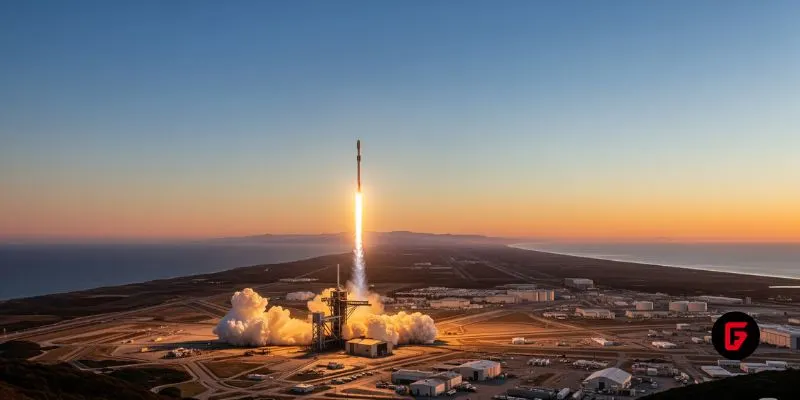
SpaceX aims to nearly double launches from Vandenberg in 2025, facing support from federal agencies but strong objections from the state and local communities.
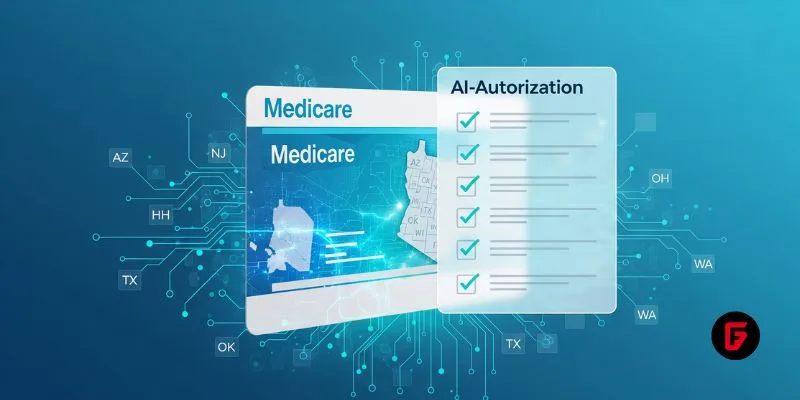
Traditional Medicare will pilot AI-assisted prior authorization in 2026 across six states, focusing on high-risk outpatient services. Clinicians retain final say, but incentives and access concerns loom as CMS tests fraud reduction and “gold card” exemptions. Here’s what providers and patients should know.
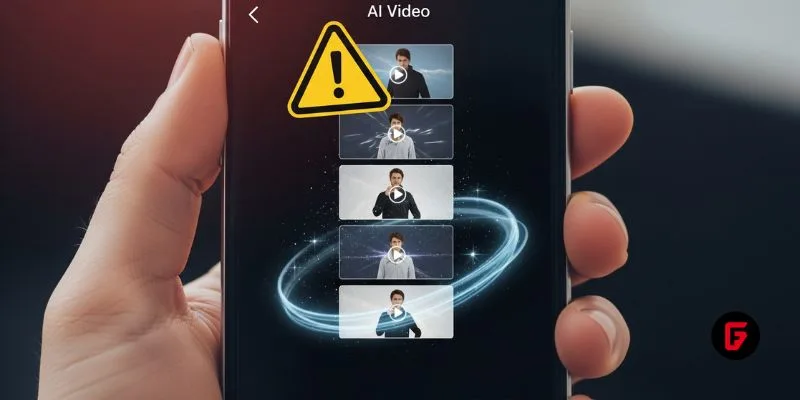
OpenArt’s new “one-click story” compresses scripting, visuals, and edits into ready-to-post short videos—fueling viral growth and a fresh IP debate. We break down how it works, adoption signals, what’s next (multi-character, mobile), and practical guardrails creators and brands should follow to stay original and compliant.
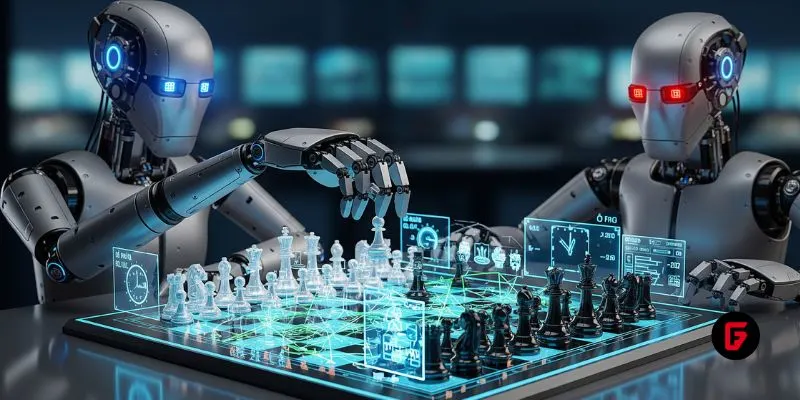
OpenAI’s o3 swept the Kaggle AI chess tournament, defeating xAI’s Grok 4–0. The victory fueled the intense rivalry between Altman and Musk, reshaping AI benchmarks.
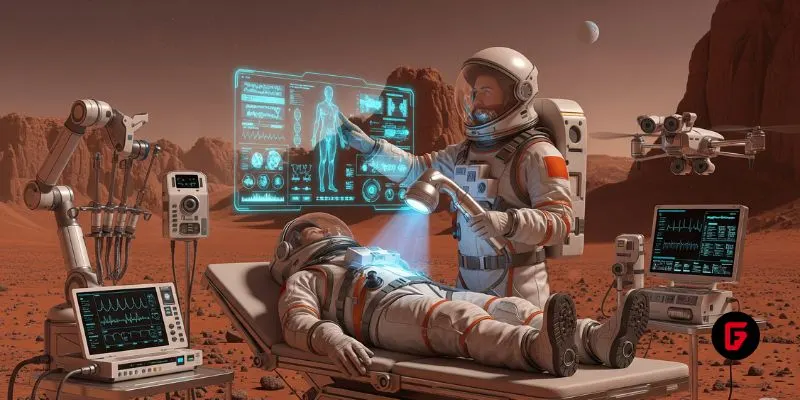
NASA and Google’s AI-powered Crew Medical Officer Digital Assistant enables autonomous diagnoses for astronauts on Mars missions, redefining remote healthcare for space and Earth.

Pinterest’s CEO confirms that fully agentic AI shopping is years away, as the platform invests in AI-powered tools to enhance discovery, inspiration, and personalized shopping experiences for millions.
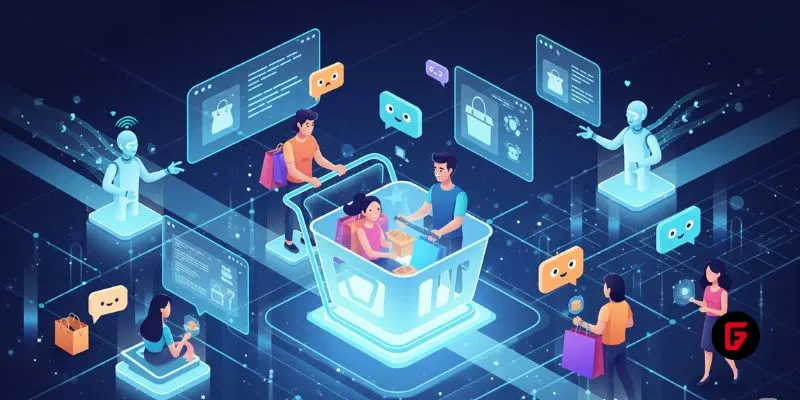
Shopify’s new AI shopping tools are transforming e-commerce, letting agents and chatbots deliver smooth, personalized shopping and checkout experiences across platforms. Learn how these innovations reshape online retail.

Meta has acquired WaveForms AI, a startup pioneering emotion-detecting voice technology. Learn what this means for Meta’s AI voice ambitions and the future of AI audio.
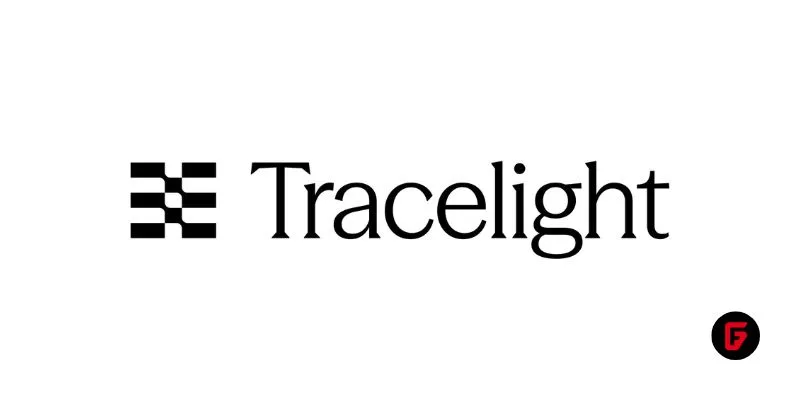
Tracelight is revolutionizing financial modelling for finance professionals with AI-powered Excel tools that automate complex tasks, reduce errors, and unlock new analysis capabilities. Learn how this next-gen solution changes the future of spreadsheets.
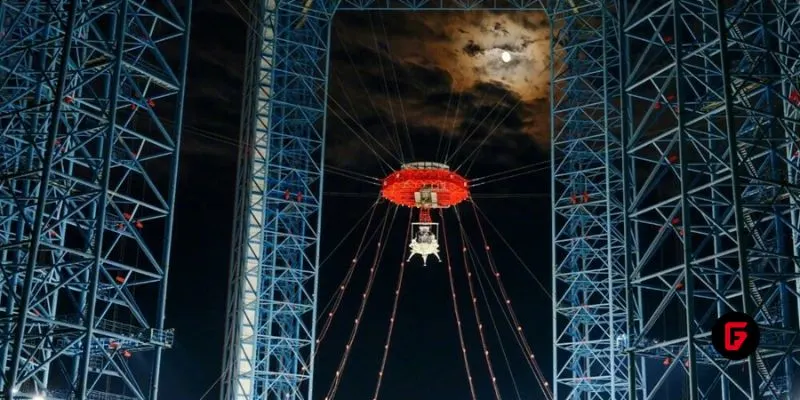
China’s Lanyue lander completed its first major test, showcasing advanced engineering for safe, crewed moon landings before 2030. Explore how this milestone shapes the space race.
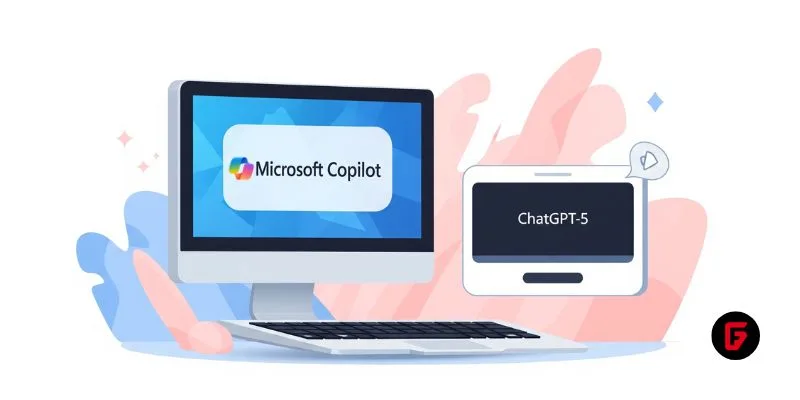
Microsoft rolls out GPT-5 across its Copilot suite, integrating smarter AI for enterprise and personal users. Discover new features, free access, and what sets this launch apart.
To provide the best experiences, we use technologies like cookies to store and/or access device information. Consenting to these technologies will allow us to process data such as browsing behavior or unique IDs on this site. Thanks for visiting futureTEKnow.